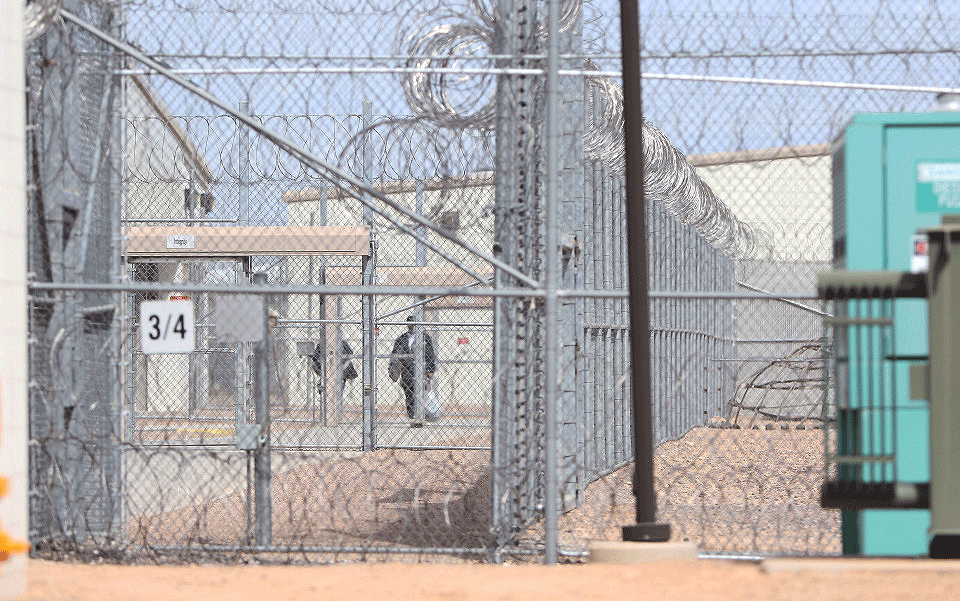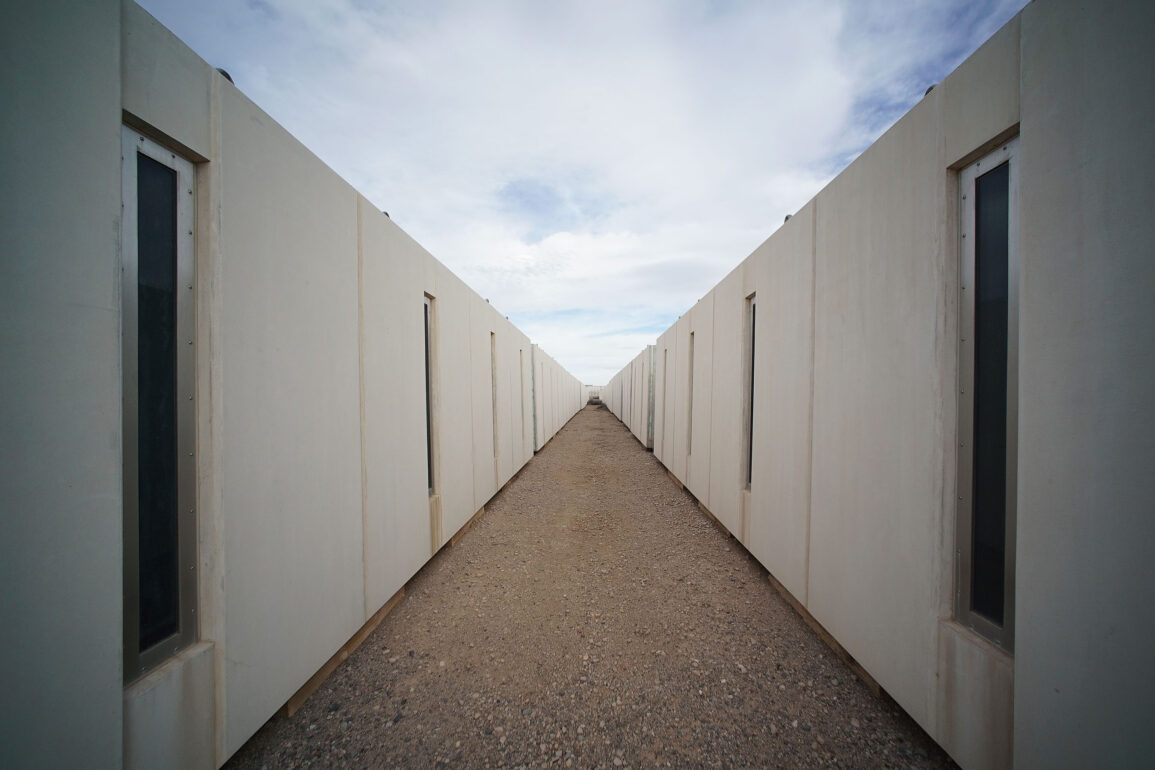Delbert Ka‘ahanui Wakinekona was born and raised on Oahu. He was indicted for the murder and robbery of a Nuuanu store owner. After a three-day trial, the jury deliberated for about an hour before he was found guilty. He was sentenced to life in prison without the possibility of parole in 1970. He was 25.
Wakinekona probably figured he would serve that sentence in Hawaii, but when the state determined he was too much of a security risk, he was sent to the notorious Folsom State Prison in California. He fought it by suing the state of Hawaii. That was in 1976.
Seven years later, his case was heard by the U.S. Supreme Court. He lost. The deputy attorney general representing the state told the press he was “absolutely delighted.”
Not everyone shared in his delight. The legendary trial attorney and associate justice Thurgood Marshall dissented. He pointed out that removing someone from Hawaii meant much more than merely crossing an imaginary state line.
“There can be little doubt that the transfer of Wakinekona from a Hawaii prison to a prison in California represents a substantial qualitative change in the conditions of his confinement,” Marshall wrote.
“In addition to being incarcerated … Wakinekona has in effect been banished from his home, a punishment historically considered to be among the severest. For an indeterminate period of time, possibly the rest of his life, nearly 4,000 miles of ocean will separate him from his family and friends. As a practical matter, Wakinekona may be entirely cut off from his only contacts with the outside world, just as if he had been imprisoned in an institution which prohibited visits by outsiders.”
For Marshall, it didn’t matter what the state called it. “Whether it is called banishment, exile, deportation, relegation or transportation, compelling a person to quit a city, place, or country, for a specified period of time, or for life, has long been considered a unique and severe deprivation, and was specifically outlawed.” That was in 1983.
When incarceration rates climbed for the rest of that decade and into the 1990s and without the Supreme Court stopping inmates from being removed from their communities and sent to other states, Hawaii turned to the mainland to alleviate overcrowded jails and prisons in the mid-1990s.

In the fall of 1995, Hawaii prison officials went to Texas to look at privately run prisons. They reported to the Legislature that the private prison industry there was eager to fill their facilities with out-of-state prisoners. They described it as a “used-car like atmosphere” and pressured them to bring over their inmates because other states were “knocking on the door.”
The sales pitch worked.
Two days after Christmas that year, the state of Hawaii took 300 people and sent them to private prisons in Texas. It was supposed to be a temporary measure while a new prison on the islands could be built.
We still don’t have a new facility and the “temporary” measure has never stopped. We continue to contract with private prisons in sending local people to the mainland.
Nowadays we pay CoreCivic, a company that has been running private prisons since the Reagan years and has expanded its operations to run immigration detention centers, to imprison people we cannot house in Hawaii.
The justification for doing this hasn’t changed since 1995. Our own prisons and jails can’t handle the number of people we imprison. So instead of drastically reducing the incarceration rate, we remove people from their homes, separate them from loved ones, and pay a for-profit company over $50 million each financial year to feed, clothe and house them thousands of miles away at the Saguaro Correctional Center in Eloy, Arizona.
Proponents argue that the contract provides savings for the state of Hawaii, although the numbers have long been a source of dispute.
And it doesn’t account for an additional cost. When we send local men — and it’s almost always men — to prisons on the mainland, we take away just about all that they know and throw them into a prison environment and culture that’s radically different from the one in Hawaii, and can draw them deeper into the criminal world. It also imposes enormous financial burdens on their families.
As for Wakinekona, he eventually got to go home and was granted compassionate release. He was dying of liver disease. After decades in California and other facilities, he told the press about his exposure to the mainland gangs in Folsom. “All they had there was the Mexican Mafia, the Black Guerrilla Family, and here, one stupid Hawaiian.”
The introduction of inmates to mainland gangs and violence continues every time the state renews its contract. In 2010, Bronson Nunuha, a local man sent to Arizona, was stabbed more than 100 times with the name of a gang carved into his chest. Months later, another local prisoner in Arizona was strangled by his cellmate.

That prompted Neil Abercrombie, who’d been campaigning for governor that year, to publicly denounce the removal of people from their homes to dangerous faraway, for-profit prisons.
“It costs money. It costs lives. It costs communities. It destroys families. It is dysfunctional all the way around — socially, economically, politically and morally,” he said.
The candidate found support from Michael Lilly, the attorney who prevailed against Wakinekona in the U.S. Supreme Court and would later go on to become the state’s attorney general in the 1980s. Long after that, he publicly supported Abercrombie’s abandoned plan to bring back prisoners from the mainland.
He wrote that “hundreds of nonviolent prisoners whom the prison system routinely places in mainland prisons solely because of cost” will eventually come home and will either become “contributing citizens or recidivists.” Keeping them in Hawaii “is the right decision for them and our community.”
Sadly, Abercrombie couldn’t stop it. We contracted once again with CoreCivic after he was elected. It was reupped again under Gov. David Ige. As of last week, 828 men (there are no women) from Hawaii are imprisoned in Arizona, at other times the population has reached over 1,400.
And last month, another inmate from the Big Island and in Saguaro was found dead in his one-man cell.
After the U.S. Supreme Court ruled against Wakinekona, it has fallen to us as a people to stop the practice of sending people away. We’ve failed so far. Until we’re ready to bring our incarceration rate down to a responsible level that can be handled within the state, the contracts with private prisons will be alive and moving.

Sign up for our FREE morning newsletter and face each day more informed.
This post was originally published on this site be sure to check out more of their content.









